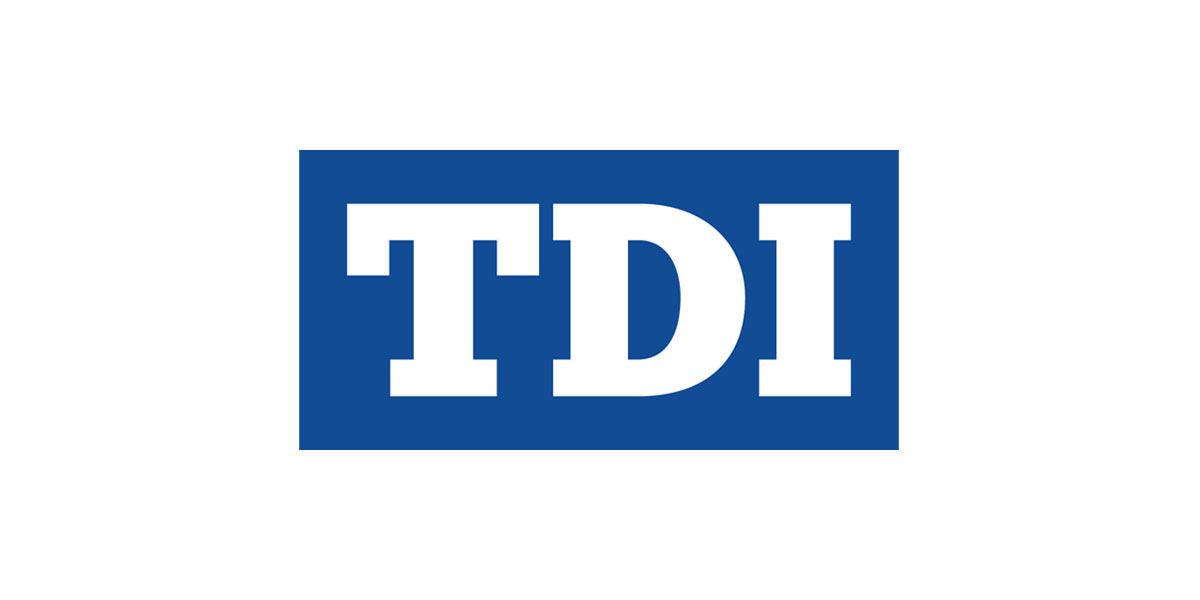Find definitions to the most important home insurance and renters insurance terms at Insurance.com.
Compare and Buy Car Insurance
Find cheaper car insurance
Car insurance for teens
Non-owner car insurance
Types of car insurance
Car insurance companies
Car insurance by vehicle
Auto Insurance Calculators and Tools
Compare and Buy Home Insurance
Average home insurance rates
Average home insurance rates by state
Home Insurance Calculators and Tools
Home and auto bundle
Renters insurance
Average renters insurance rates
Condo insurance
Average condo insurance rates
Umbrella insurance
Actual cash valueValue of property before it was destroyed or damaged, minus depreciation. For example, if a 5-year-old television was destroyed, the insurance would pay an amount equal to the depreciated value of the old television. Replacement cost coverage would pay the cost of buying a new TV to replace the old one.additional living expensesAn insurance policy provision that pays for extra living expenses a policyholder faces while a home is undergoing reconstruction following a fire, storm or other covered peril. Covered expenses may include costs for moving, rent, hotel accommodations, restaurant meals and laundry expenses.Adjusted basisThe cost of a property, with adjustments for improvements and depreciation.All risks policyA policy that protects against damage or loss of property from any peril, except those that are specifically excluded.AppraisalA professional estimate for how much property is worth, or an estimate of damage for insurance purposes. An appraisal is usually necessary before a home or a valuable possession, such as piece of jewelry or fine art, can be insured. The estimate guides the owner and insurance company to insure the property for the appropriate amount.
Casualty insuranceInsurance focusing on liability coverage for injury to other people or their property. It also includes a broad category of other types of insurance, such as aviation insurance and machinery insuranceC.L.U.E. databaseThe Comprehensive Loss Underwriting Exchange is a claims history database insurers use to help qualify and set premiums for insurance applicants. Maintained by LexisNexis Risk Solutions, the C.L.U.E database for property covers seven years. A C.L.U.E. Property report includes the policyholder's name, date of birth, policy number and claim information, including date and type of loss and amounts paid by an insurer. LexisNexis also maintains a C.L.U.E. database for car insurers.condo insuranceA personal home insurance policy for condominium owners. Also called an H-06 policy, the policy provides protection for personal property from perils as well as liability protection. Typically, a condo owner purchases an H-06 policy for possessions and personal liability, and the condominium a-sociation carries insurance for the building exterior and common areas.Contents coverageInsurance coverage for household contents and other belongings worn or carried by the homeowner and covered family members. The coverage provides protection for belongings anywhere in the world, although standard home insurance policies have limits for how much coverage is given to off-premises belongings.Coverage AThe portion of a home insurance policy that covers damage or destruction of a home’s structure, including its walls, roof, flooring, doors, windows and more. The amount of insurance should be enough to cover the cost of rebuilding the home in the event it is destroyed.Coverage BThe portion of a home insurance policy that covers detached structures, such as a detached garage, fence, guesthouse or shed. Detached structures that are leased are not covered under this portion of the home insurance policy and require separate insurance.Coverage CThe portion of a home insurance policy that covers personal belongings. The coverage applies to possessions anywhere in the world. Standard policies typically set coverage at 40 percent of the amount for which the house is insured. Typically, there are coverage limits on valuables – such as jewelry, firearms, antiques and fine art, and off-premises belongings – so additional insurance may be necessary for complete coverage.Coverage DThe portion of a home insurance policy that covers additional living expenses if the home is uninhabitable while undergoing repairs after a disaster. Additional living expenses cover such costs as hotel rooms, rent, restaurant meals and moving.Coverage EThe portion of a home insurance policy that provides financial protection against lawsuits a-sociated with injuries or property damage. Coverage E comes into play if a homeowner was sued after the family dog bit a passerby, or a visitor sued after slipping and falling on an icy front step. Standard home insurance policies include exclusions and caps for liability protection.Coverage FThe portion of a home insurance policy that pays for the medical bills of guests injured on the property. Often called MedPay, the insurance covers medical costs when no lawsuit is involved. It does not cover injuries stemming from abuse, transmission of disease or illegal sale of drugs.
DeclarationsA section of the home insurance policy that summarizes coverage details. Included are the names of the insured, the policy effective dates, amount of coverage, deductibles and endorsements.DeductibleAn amount specified in the insurance policy for how much the policyholder must pay before insurance kicks in for a claim. For example, if a policyholder incurs a $1,000 covered loss and the deductible is $500, the insurance company would pay $500 for the claim.DepreciationA decrease in a covered item's value due to age and deteriorating condition. Depreciation is the gap between the cost of new replacement property and the value of the old item before it was destroyed.






















